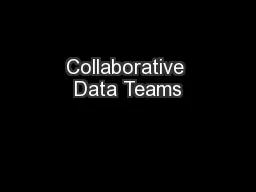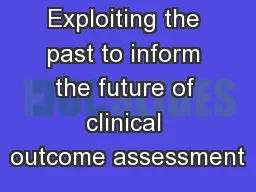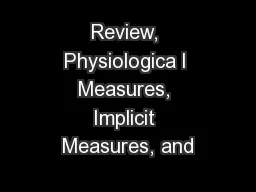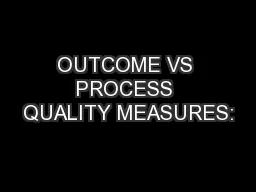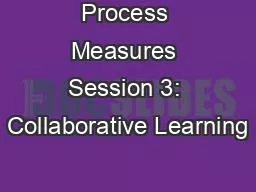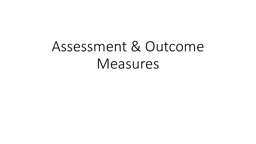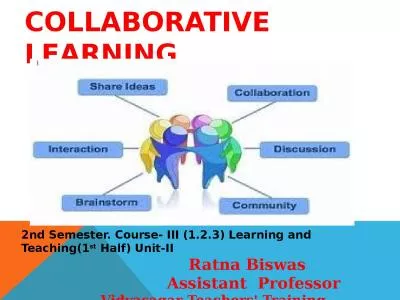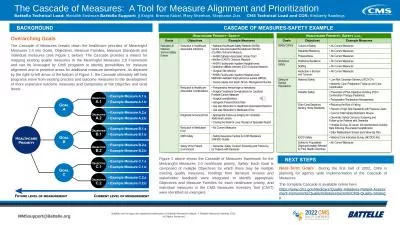PPT-Outcome Measures Session 4: Collaborative Learning
Author : josephine | Published Date : 2022-06-01
Project Today We Will Describe outcome measures relevant to healthy weight program HWP evaluations Identify valid reliable and generalizable tools andor methods
Presentation Embed Code
Download Presentation
Download Presentation The PPT/PDF document "Outcome Measures Session 4: Collaborativ..." is the property of its rightful owner. Permission is granted to download and print the materials on this website for personal, non-commercial use only, and to display it on your personal computer provided you do not modify the materials and that you retain all copyright notices contained in the materials. By downloading content from our website, you accept the terms of this agreement.
Outcome Measures Session 4: Collaborative Learning: Transcript
Download Rules Of Document
"Outcome Measures Session 4: Collaborative Learning"The content belongs to its owner. You may download and print it for personal use, without modification, and keep all copyright notices. By downloading, you agree to these terms.
Related Documents




